War in itself is a very destructive force. The magnificence of many a building may vanish over the drop of artillery or gunfire. Many instances of buildings and monuments being protected/camouflaged to evade the wrath of war have been witnessed. The notable one being the Taj Mahal being engulfed in scaffold, to be inconspicuous to bombing aircrafts.
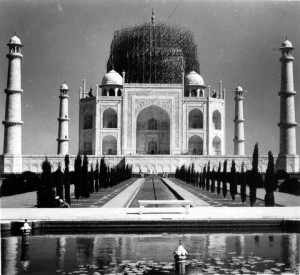
Here we put together a list of monuments destroyed by war which highlight the wrath of war on history, and the loss of heritage monuments in light of the same, some as recent as 2015.
#10 Apamea, Syria
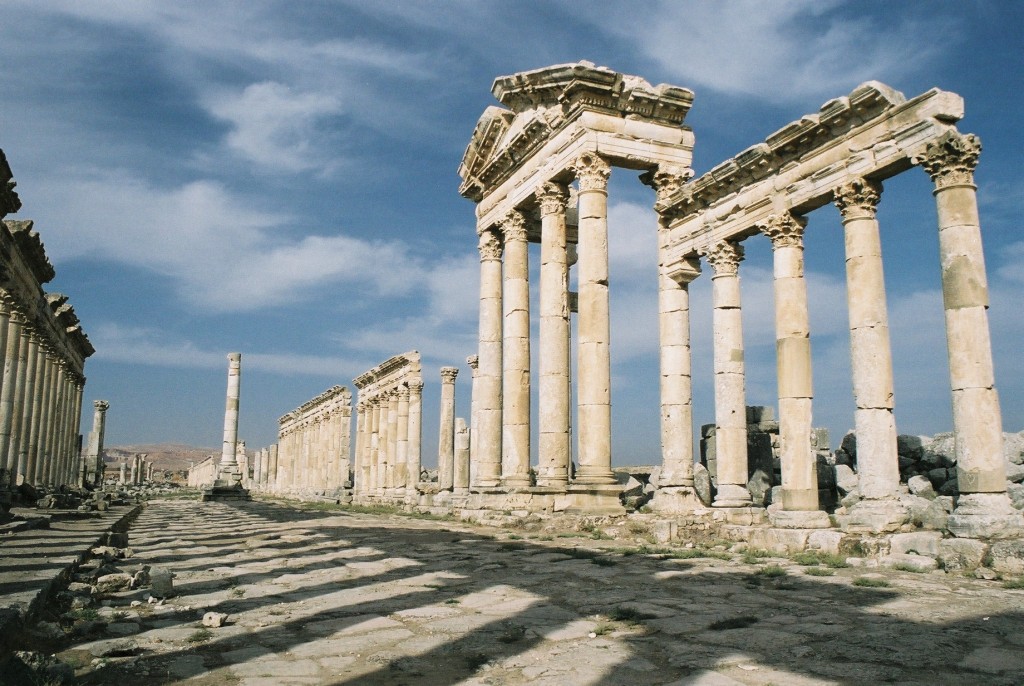
Apamea, the ancient “Treasure City,” sits on the bank of Syria’s Orontes River. It was once home to the kings of the Seleucid Empire, and it later housed the Romans, growing to a population of 500,000. More than a millennium later, it rose again, now as a base during the Crusades. Its magnificent paved streets, beautiful mosaics, and bright white columns carved with intricate designs were a sight to behold. Its long history made it one of the Middle East’s most important archaeological sites. During the current conflict in Syria, Apamea has been damaged to such an extent that many historians believe it can never be restored. Not only has Apamea been devastated by bombing, there have also been those who have taken advantage of the chaos by ransacking the ancient city, looting its treasures. The site now lies ravaged, its columns broken and its mosaics smashed.
#9 The Buddhas of Bamiyan, Afghanistan
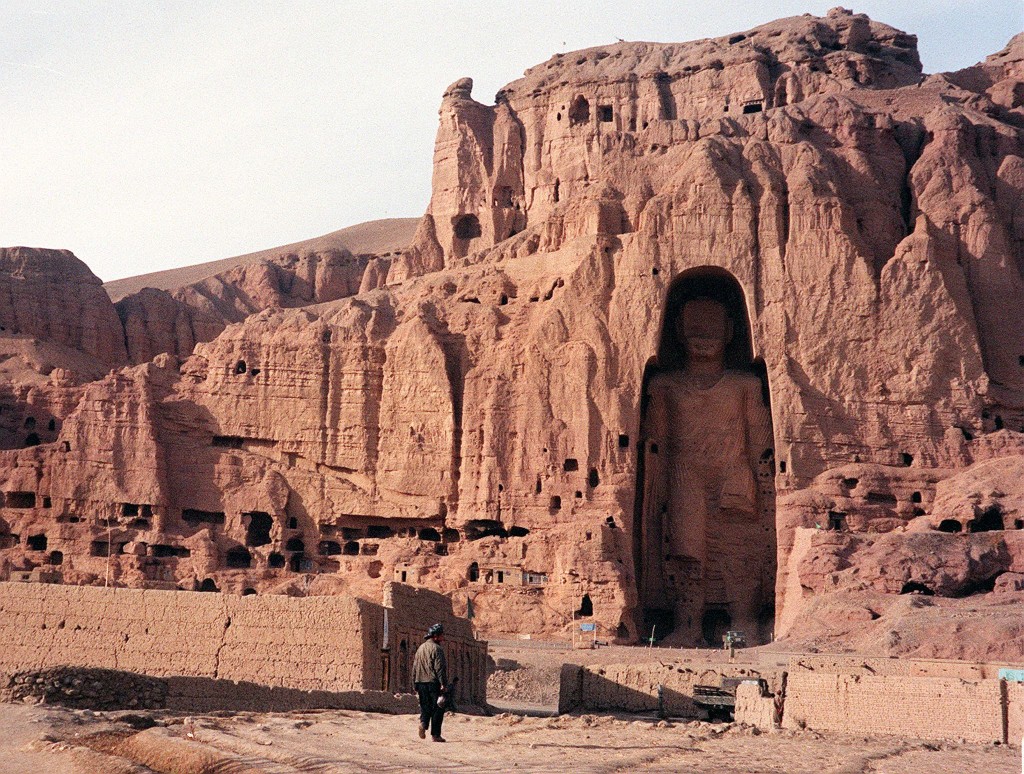
The Buddhas of Bamiyan were two 6th-century monumental statues of standing buddha carved into the side of a cliff in the Bamyan valley in the Hazarajat region of central Afghanistan, 230 km northwest of Kabul. Built in 507 AD (smaller) and 554 AD (larger), the statues represented the classic blended style of Gandhara art. The main bodies were hewn directly from the sandstone cliffs, but details were modeled in mud mixed with straw, coated with stucco. This coating, practically all of which wore away long ago, was painted to enhance the expressions of the faces, hands and folds of the robes; the larger one was painted carmine red and the smaller one was painted multiple colors. The lower parts of the statues’ arms were constructed from the same mud-straw mix while supported on wooden armatures. It is believed that the upper parts of their faces were made from great wooden masks or casts. Rows of holes that can be seen in photographs were spaces that held wooden pegs that stabilized the outer stucco. They were dynamited and destroyed in March 2001 by the Taliban.
#8 The Old Summer Palace, China
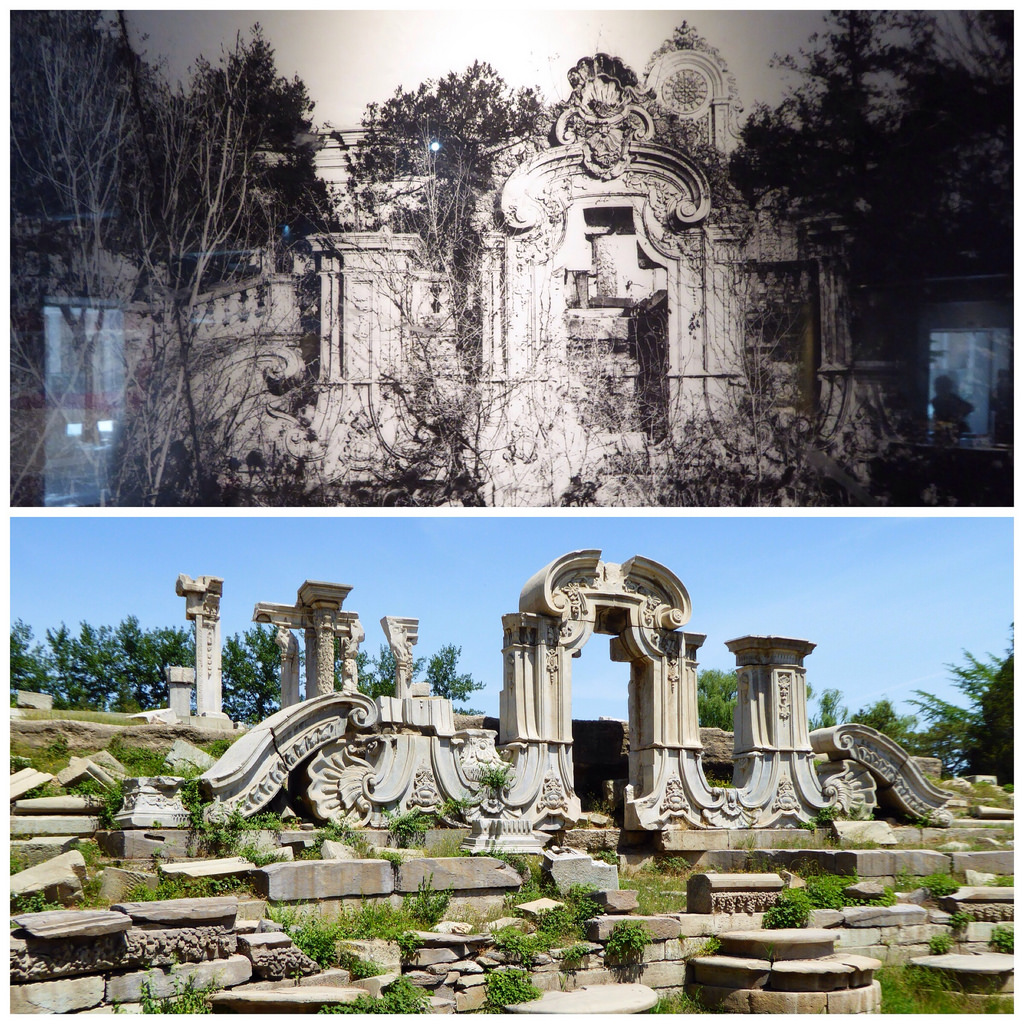
The Old Summer Palace, also known as Yuan Ming Yuan, was a complex of gardens and buildings in Beijing constructed in the 18th century. The palace itself served as a base of operations for Qing Dynasty emperors to live and handle government affairs, while its grounds were filled with examples of beautiful architecture, which included magnificent temples, pavilions, and bridges adorned with ornate Chinese designs. The surrounding gardens were equally impressive, with lush green lawns and exotic flowers growing around serene ponds and rivers. In 1860, at the climax of the First Opium War, a French and British expeditionary force occupied Beijing and discovered the palace. Although the Emperor had fled, most of the palace’s contents had been left behind. Meeting little resistance, the troops looted the complex of its riches. The British High Commissioner to China, Lord Elgin, then ordered the destruction of the palace in retaliation for the torture of British and Indian troops. Although its magnificent buildings are now lost forever, the site of The Old Summer Palace still attracts thousands of visitors each year.
#7 Ancient Shrines and Mausoleums, Mali
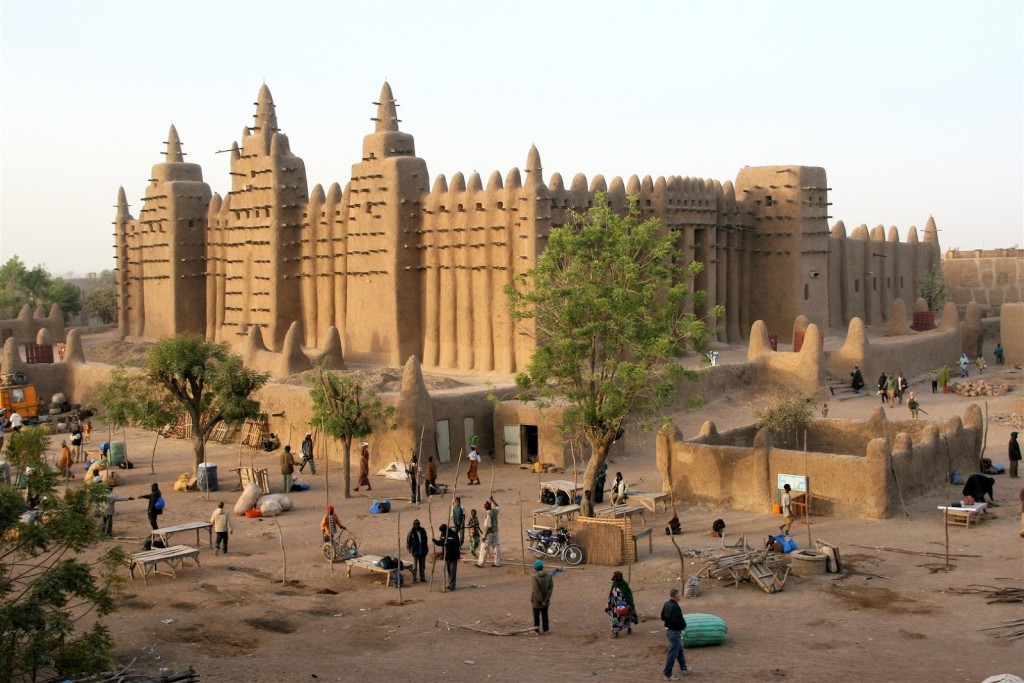
Timbuktu, known as the “City of 333 Saints” for its religious history, is located in Mali, on the edge of the Sahara desert. Founded in the 12th century by nomads, the town soon became a major trading hub for the caravans that braved the treacherous Saharan dunes. The city is steeped in history and features several remarkable and historical structures unique to the area. Ancient stone mausoleums housing the remains of Muslim holy men are scattered throughout the town, along with shrines dedicated to the memory of revered saints and religious figures, some dating back centuries. Recently, Timbuktu has become a target for extremist Islamist factions bent on spreading their fanatical ideology. In 2012, members of a group with links to Al-Qaeda began destroying the famed ancient sites. More than half of the town’s centuries-old shrines and mausoleums were torn down and reduced to rubble, including that of revered Muslim scholar Sidi Mahmoud. The desecration of these sites has been met with international outrage. Calls for an end to their destruction have fallen on deaf ears, and they remain at great risk.
#6 Yongmyong Temple, North Korea
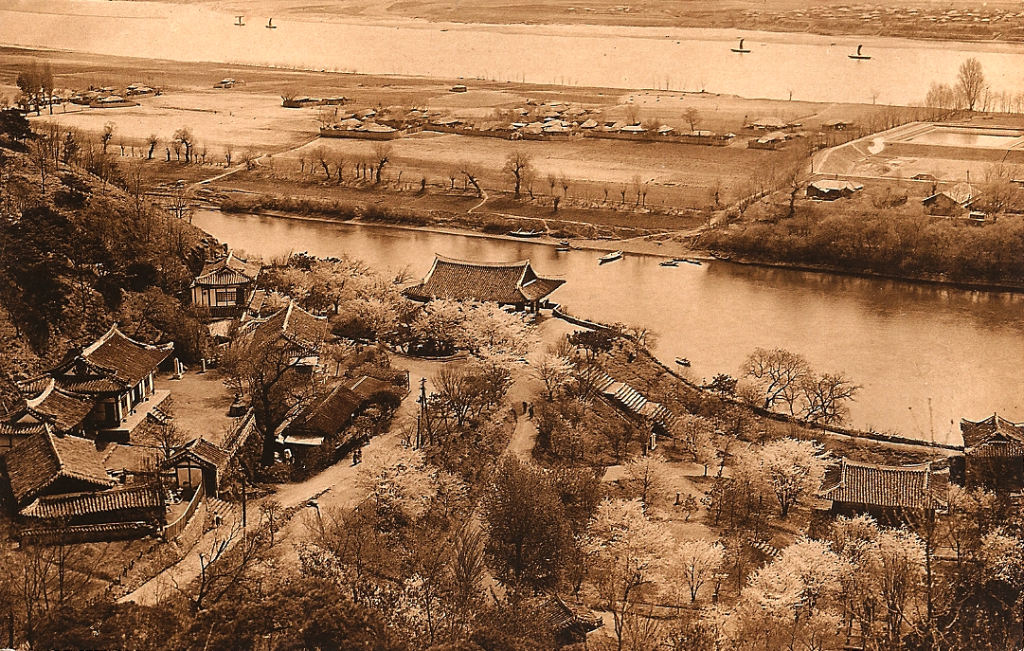
Yŏngmyŏng Temple was a Korean Buddhist temple located at the foot of Moranbong hill in Pyongyang, North Korea. It was the largest and most important center of Buddhist worship in that city. Though it is unknown when the temple was founded, popular tales date it to the end of the Goguryeo kingdom. The temple was completely rebuilt under the Joseon dynasty. Under the Japanese occupation of Korea, the temple became a major tourist site in Pyongyang it was renowned for its beautiful riverside location and many cherry trees. In the 1920s it again underwent an extensive restoration funded by the Japanese government, who also officially changed its name to its Japanese pronunciation, “Eimei-ji”.
The historic temple was destroyed during the U.S. carpet bombings of Pyongyang during the Korean War. The only building of the temple now standing is Pubyŏk Pavilion, a scenic lookout which was reconstructed after the war and was known for its beautiful views of the Taedong River; its stone pagoda and octagonal shrine also survived the bombings, and all three are registered as National Treasures of North Korea.
#5 The Porcelain Tower of Nanjing, China
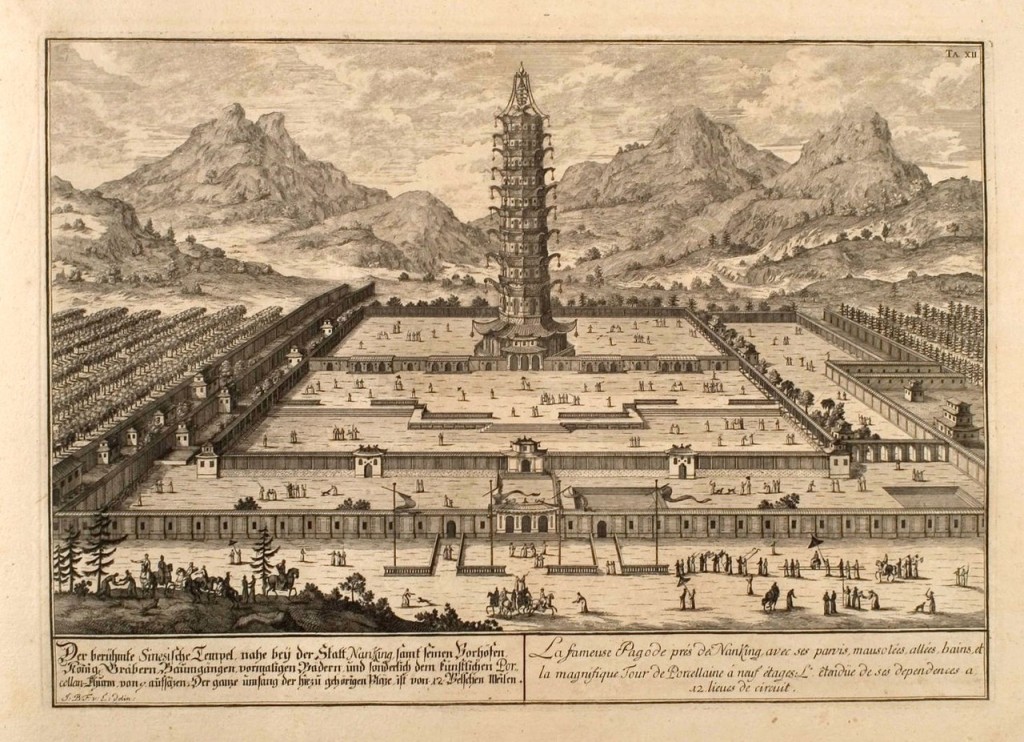
Standing almost 80 meters (260 ft) tall, the Porcelain Tower of Nanjing must have been an amazing sight. Hung with 140 lamps, its eight sides were beautifully decorated with images of the Buddha, and its nine interior levels boasted a vast array of religious carvings and statues. It is said that on a sunny day, light would reflect off the sides of the tower and give it an ethereal glow. In 1801, lightning struck the tower, causing three sections to collapse. However, it would be almost 50 years before the Porcelain Tower met its ultimate fate. In 1850, civil war broke out in southern China, and the conflict soon spread to Nanjing. Concerned that the enemy could use it as a lookout point, rebel forces occupying the surrounding area decided to demolish the tower. Its crumbling remains were left where they fell, the porcelain bricks that once shone so magnificently reduced to a depressing pile of scorched rubble. The remains of the tower were later repurposed for use in the construction of other buildings, although some sections were saved and are now on display in the Nanjing Museum. On a positive note, in 2010, a Chinese businessman donated a staggering one billion Yuan to the Nanjing government to fund the reconstruction of the tower. Although the original is now lost forever, it is hoped that the new building will capture some of the majesty of the Porcelain Tower.
#4 The Great Mosque of Aleppo, Syria
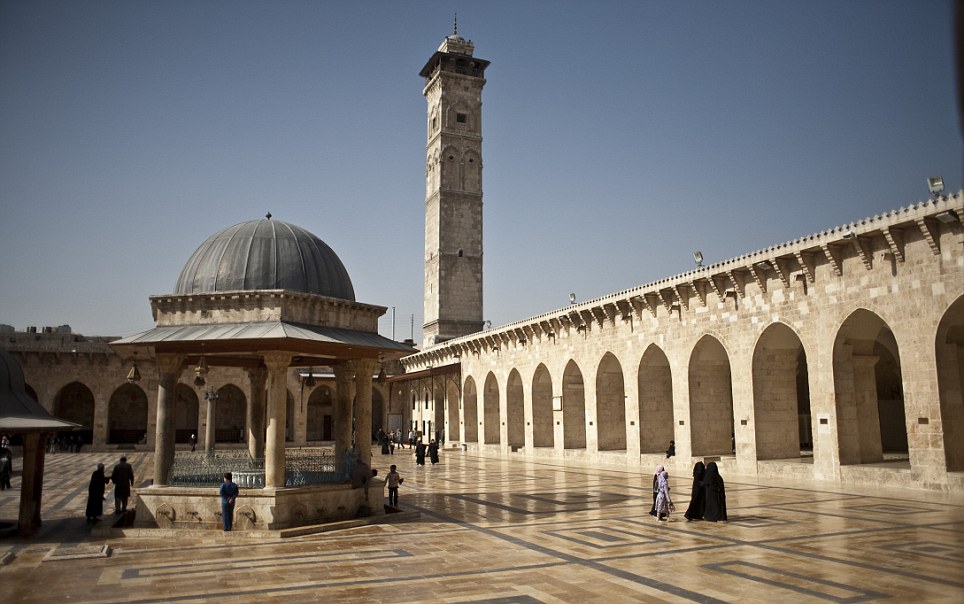
Aleppo’s Great Mosque is located within the city’s historic Al-Jalloum district. The largest of its kind in the area, the mosque supposedly houses the remains of Zechariah, father of John the Baptist. Because of its historical importance, the complex is recognized as being a UNESCO World Heritage site. After enduring earthquakes and numerous conflicts, the mosque eventually met its end in April 2013. The building had been occupied by rebel forces for several months, and it became the focal point of brutal gun battles. Following an intense clash between Syrian rebels and government forces, heavy gunfire reduced much of the site to rubble, including the 11th-century minaret that towered over the mosque. Historians have described the mosque as a “living sanctuary” and are horrified by the destruction of a place so historically significant. Although the possibility of reconstruction does exist, as with Apamea, the ongoing situation within Syria prevents any restoration from now taking place.
#3 Nimrud, Iraq
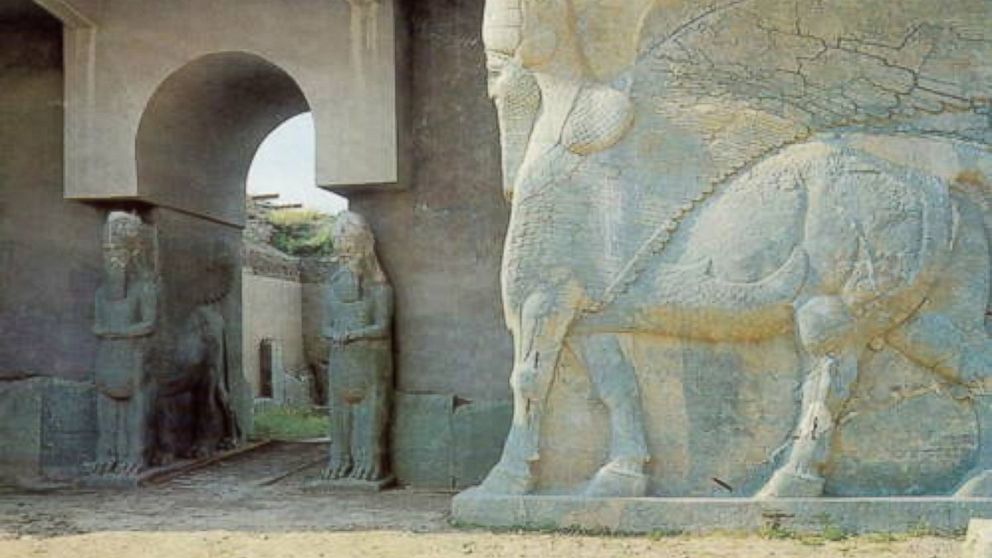
Nimrud is the later Arab name for an ancient Assyrian city located 30 kilometres south of the city of Mosul, in the Nineveh plains in northern Mesopotamia. It was a major Assyrian city between approximately 1250 BC and 610 BC. The city is located in a strategic position 10 kilometres north of the point that the river Tigris meets its tributary the Great Zab. The city covered an area of 360 hectares. The ruins of the city were found within one kilometre of the modern-day Assyrian village of Noomanea in Nineveh Province, Iraq. Archaeological excavations at the site began in 1845, and were conducted at intervals between then and 1879, and then from 1949 onwards. Many important pieces were discovered, with most being moved to museums in Iraq and abroad. In 2013 the UK’s Arts and Humanities Research Council established the “Nimrud Project” in order to identify and record the history of the world’s collection of artefacts from Nimrud, distributed amongst at least 76 museums worldwide (including 36 in the United States and 13 in the United Kingdom). In 2015, the militant organization Islamic State of Iraq and the Levant (ISIL) announced its intention to destroy the site because of its “un-Islamic” nature. In March 2015, the Iraqi government reported that ISIL had used bulldozers to destroy excavated remains of the city.
#2 Cyrene, Libya
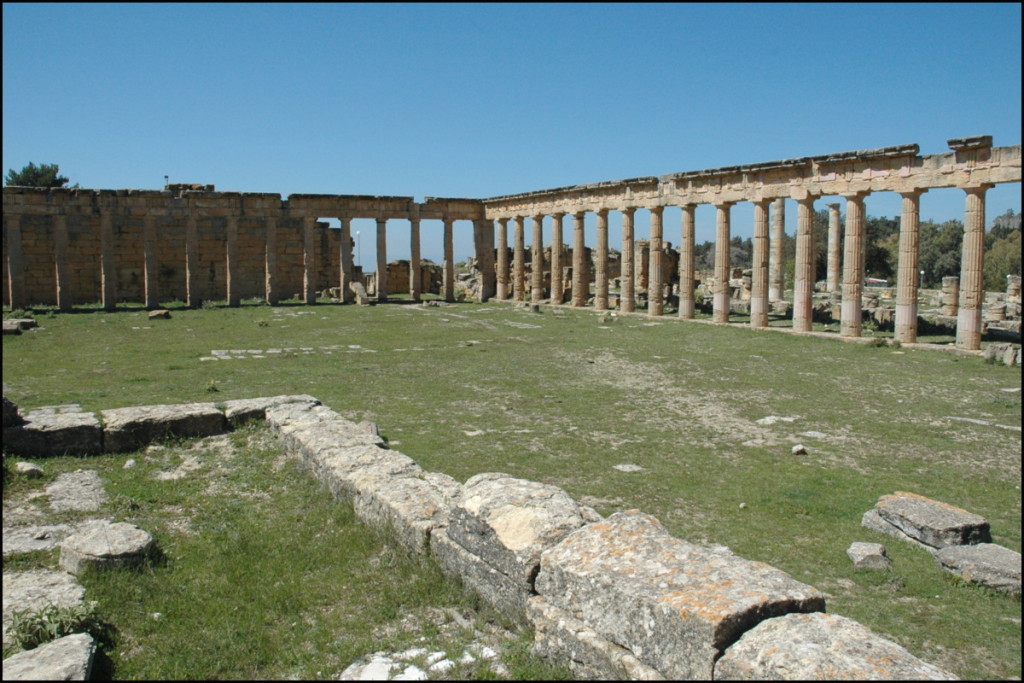
Cyrene was an ancient Greek and Roman city near present-day Shahhat, Libya. It was the oldest and most important of the five Greek cities in the region. It gave eastern Libya the classical name Cyrenaica that it has retained to modern times. Cyrene lies in a lush valley in the Jebel Akhdar uplands. The city was named after a spring, Kyre, which the Greeks consecrated to Apollo. It was also the seat of the Cyrenaics, a famous school of philosophy in the 3rd century BC, founded by Aristippus, a disciple of Socrates. It was then nicknamed the “Athens of Africa”. The ruins were some of the best preserved from that period, but in the light of Libya’s revolution, vast tracts have been bulldozed including its necropolis complex.
#1 Christ Church Greyfriars, England
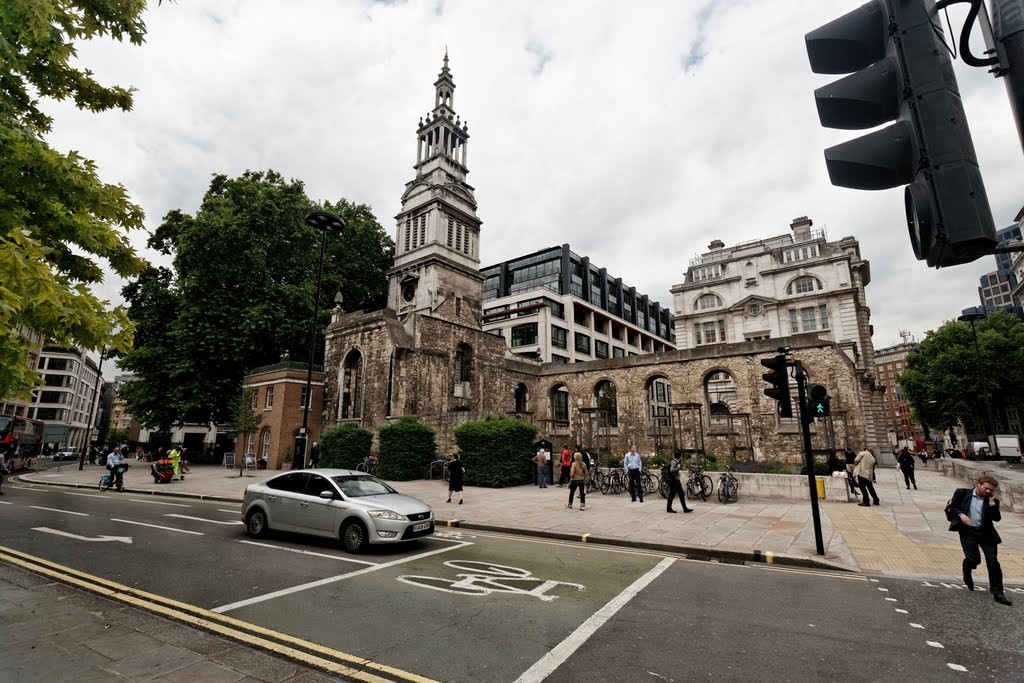
Sir Christopher Wren built Christ Church Greyfriars in London to replace a medieval church lost during the Great Fire of 1666. His design was simple. The church’s exterior was decorated with traditional neoclassical gables, while the interior boasted marble floors. Beautifully decorated Corinthian columns separated the nave from the aisles. Large, arched windows filled with clear glass allowed the church to be brightly lit, giving the interior a warm and welcoming glow. During World War II, London became a major target for German bombing. The Blitz decimated large areas of the city, and the bombing’s indiscriminate nature destroyed many sites of no strategic value as targets—including Christ Church Greyfriars. On December 29, 1940, a firebomb hit the top of the church, tearing through the building and igniting the interior. The resulting inferno caused the vaulted roof to collapse, destroying the building and its contents. The only item to be saved was an ornately carved wooden cover for the baptismal font. It can now be seen in the foyer of the nearby St. Sepulchre’s Parish Church.

